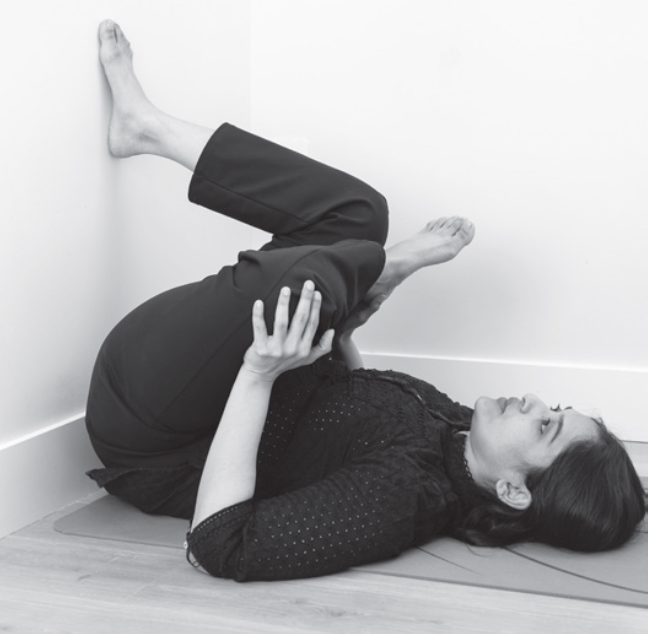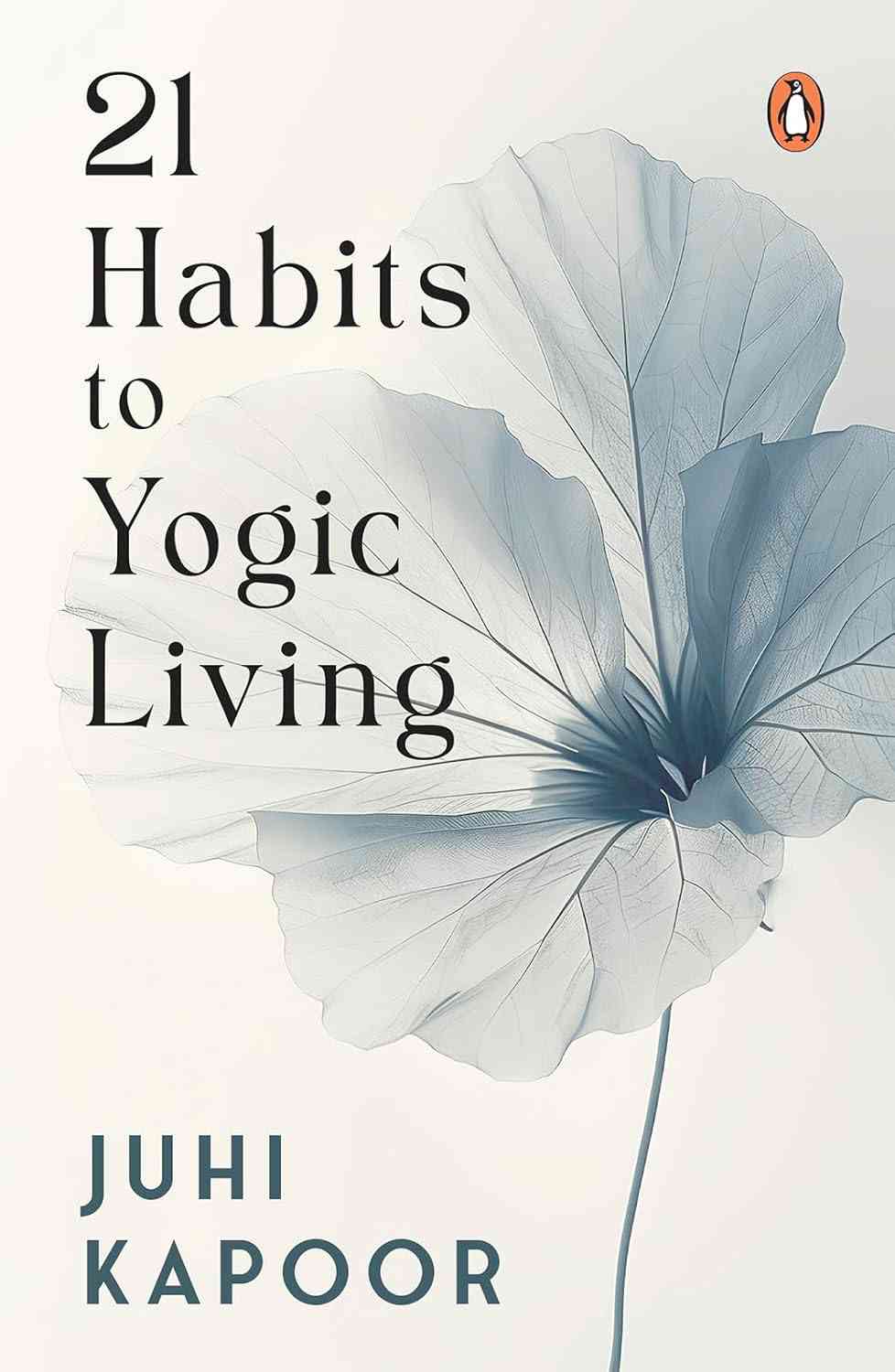
How do you like to unwind after a hectic day at work? I am sure you do something that you find the most relaxing. It could be watching an episode of your most loved series or just spending quality time with loved ones or simply curling up into the blanket for a nap. All valid! But how do you unwind from the stress that your body has stored? How do you truly relax your mind?
Habit 8/21: Bedtime Wall Stretches
Time taken: 10 minutes
After we discussed a power-packed start to the day with asanas and Surya Namaskars, it is important we also share with you a quick and easy routine that you can practise before you retire into your bed.
Unfortunately, these days, most of us do not have a lifestyle or a routine that can accommodate daily self-care. Who’s got the time, right? Taking time for yourself feels like a luxury, yet we all know it’s essential. At least ten minutes a day should be set aside to unwind after a full day of work, stress and effort.
And while many of us do start the day right, it’s also equally, if not more, important to end it right.
This can significantly improve your mental health and sleep quality. Most yoga asanas and kriyas we’ve discussed so far are best practised in the morning. But what about evenings or bedtime?
Yoga has the answer to that too. Don’t worry, I am not going to put you in complex asanas for this one. Just before you are on the verge of a nap and a deep sleep, I am actually going to teach you gentle self-care before you call it a night. You can even do these at your bedside.
Let’s get into those pajamas and start:
Leg Up the Wall (Modified Viparit Karani)
Viprita means “reverse” and karani means “action”. For this reason, it’s also called the inverted lake posture or the reverse pose. If you looked at it, it would simply be legs up the wall. This one is straightforward, and it will be the base asana for all the other asanas to come in this chapter.
Here’s how we do it:
-
Lie down on the floor or a bed, but make sure you do so next to a vertical wall and that your hips are right where the floor conjuncts the wall.
-
Lift both your legs up and rest them on the wall.
-
Do not bend your knees.
-
Keep your legs straight and your arms relaxed on the sides. Take deep relaxed breaths.
-
Stay in this posture for two to three minutes. It’s advised to hold it for as long as possible.
-
Do not strain your head or shoulders though.
-
Slowly release the stretch and curl into a ball, before relaxing your legs into a straight horizontal posture.
Benefits
-
If you suffer from stiff legs or cramps in the shin, practising this posture for five to ten minutes a day will bring relief.
-
Doing this exercise will instantly relax you and boost blood circulation in your torso and head.
-
A great stress buster.
-
Perfect way to unwind after a hectic day.
-
Our legs bear our weight for the most part of the day and they need some downtime, this brings the weight of the body to the upper body, relaxing our legs.
-
Too much stress on the legs also leads to varicose – a phenomenon where the weak – veins or broken valves closer to the skin start appearing, you may have seen a grid of blue purplish veins on your legs. This practise helps keep your vein health in check.
Contraindications
Since this posture also boosts blood circulation toward the eye, those suffering from glaucoma or retinal damage should avoid it.
Wall Needle (Modified Sucirandhrasana)
Sucirandhasana combines suci, which is the Sanskrit word for “needle” and randhra, which is the Sanskrit word for “loop”. It is important to note that Sucirandhrasana is also done sitting down, but, in the wall Sucirandhrasana, it is important to assume a supine posture. This is the needle pose done along a vertical wall.
Here’s how to do it:
-
First, get into the ‘legs up the wall’ pose – our base asana for all wall stretches.
-
Fold your left leg and place it onto your right thigh and bend your right leg closer to your chest.
-
Hold that posture for the count of ten and take deep breaths.
-
Now, release your left leg and straighten it.
-
Repeat on the other side.
-
Hold it for fifteen seconds, then release your legs and rest them on the vertical wall.
Benefits
-
Stretches the lower back and the hip flexors, two of the main body regions that suffer because of our desk jobs and constant sitting, this yoga posture releases them.
-
Relieves anxiety and improves your mental health.
-
Improves leg balance and boosts thigh and calf strength.
Contraindications
If you have knee pain or shoulder pain, or if you have had a knee surgery, wait for it to heal and recover. It can be comfortably done during periods.


Excerpted with permission from 21 Habits to Yogic Living, Juhi Kapoor, Penguin India.
This article first appeared on Scroll.in
📰 Crime Today News is proudly sponsored by DRYFRUIT & CO – A Brand by eFabby Global LLC
Design & Developed by Yes Mom Hosting






